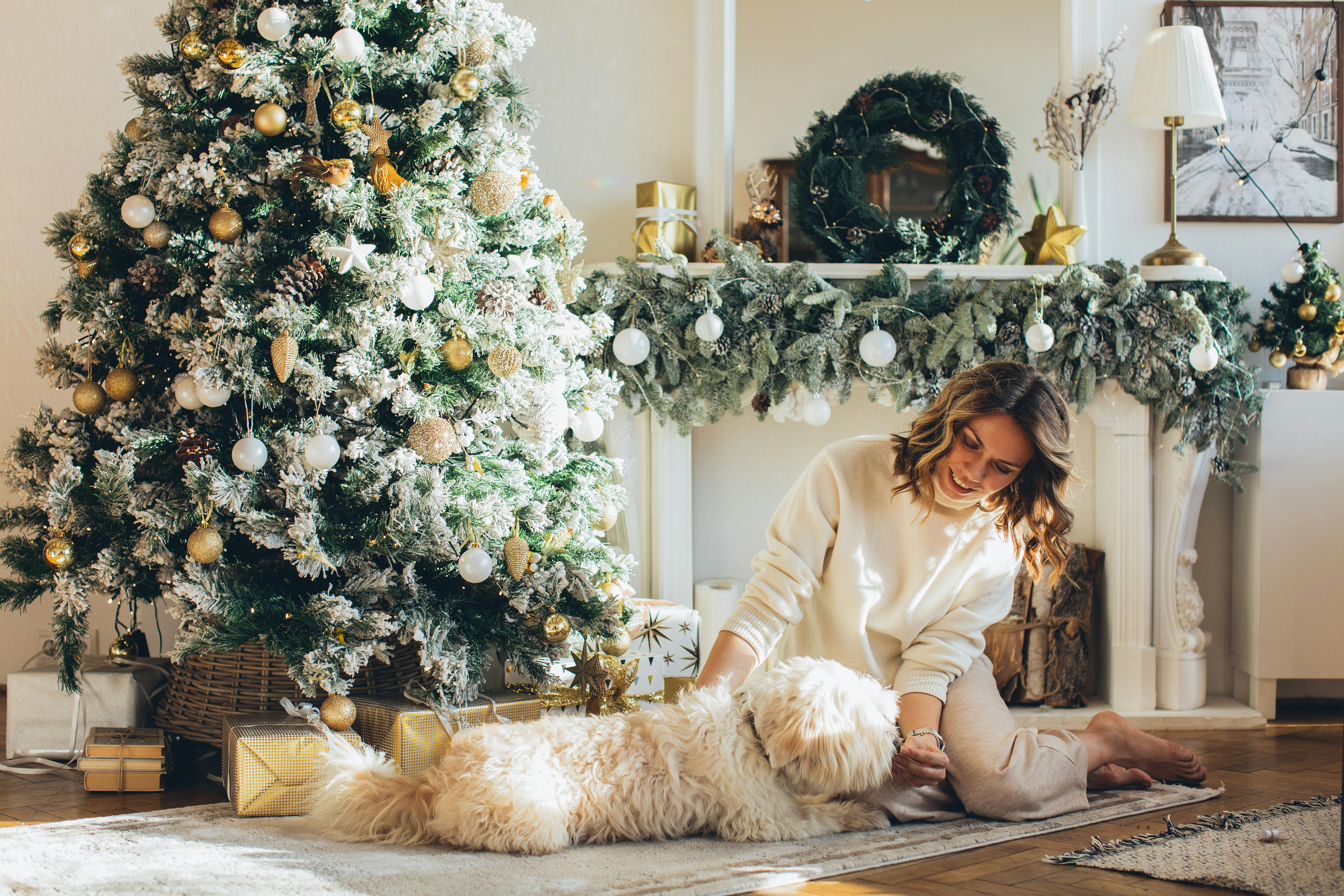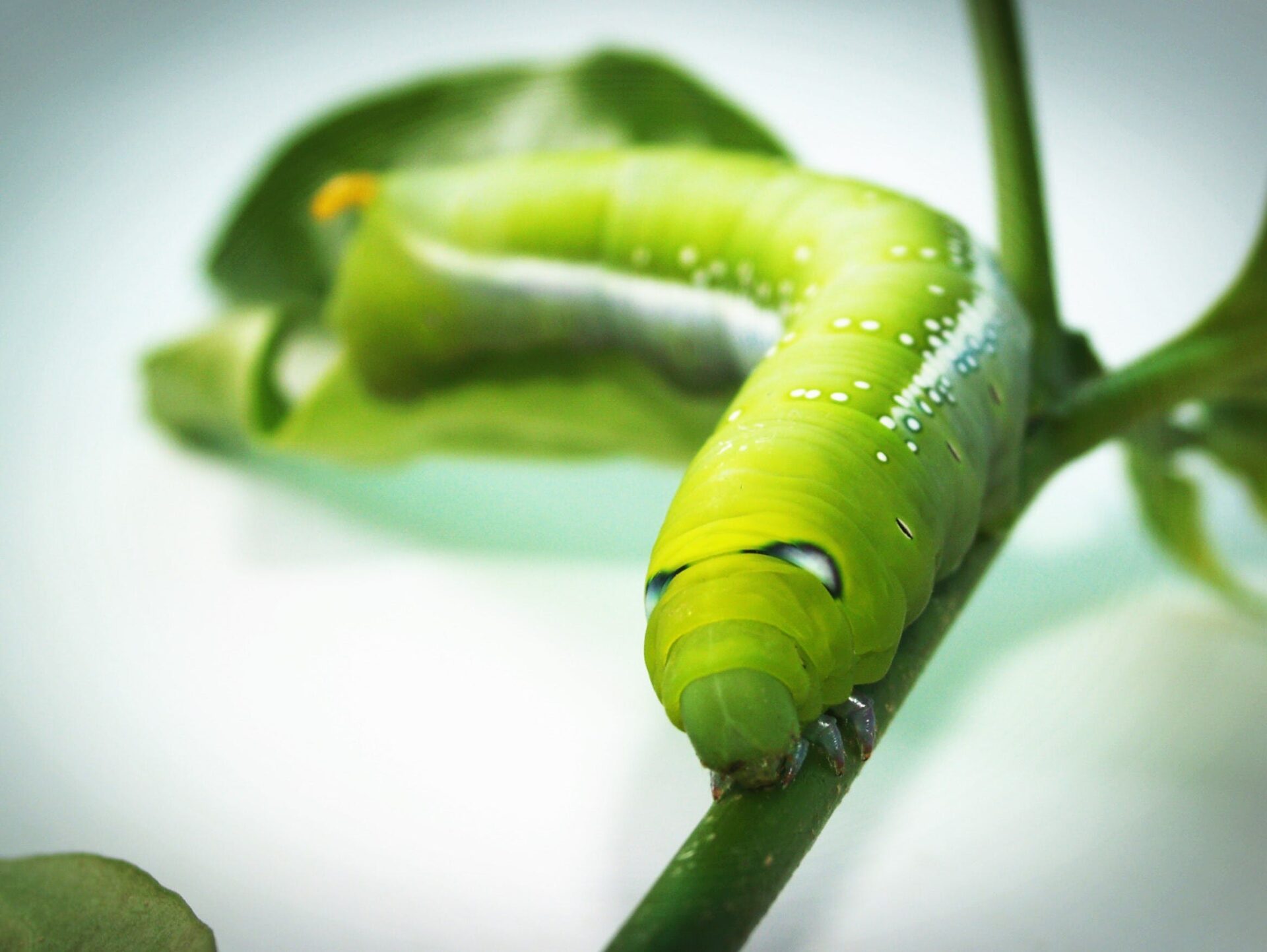Are Moth Balls Poisonous To Dogs? This is a question that many pet owners have asked themselves at one point or another. Moth balls are a common product used to ward off moths and other insects from our clothes and other fabric items. While they may be effective in keeping the bugs away, many pet owners worry about their pet’s safety when it comes to moth balls. In this article, we will discuss if moth balls are poisonous to dogs and what steps you can take to keep your pup safe from any potential harm.Yes, moth balls are poisonous to dogs. Ingesting moth balls can cause vomiting, diarrhea, difficulty breathing, confusion, seizures, and even death in dogs.
What Are Moth Balls?
Moth balls are small balls of chemicals that are used for repelling and killing moths, their larvae, and other insects. They are also used to protect clothing and other articles from damage caused by moths. Moth balls are typically made of either paradichlorobenzene or naphthalene, both of which are known insecticides that are poisonous to humans as well. Moth balls come in a variety of shapes and sizes, and they may be solid or hollow.
The most common way to use moth balls is to place them in airtight containers with clothes or other fabrics that you want to protect from moths. The chemicals in the moth balls will release a gas that repels moths and other insects, while also killing any larvae that may be present. This gas is toxic to humans as well, so it is important to keep the container tightly closed when not in use and to avoid breathing in the fumes directly.
Mothballs can also be used outdoors around the foundation of a house or inside an attic or garage to prevent infestation by moths. However, this method should be used with caution since it can release toxic fumes into the environment if not used properly. It is also important to remember that mothballs can be harmful if swallowed, so it is important to keep them away from children and pets.
Ingredients of Moth Balls
Moth balls are chemical-based repellents most commonly used to keep moths and other fabric pests away from clothing, rugs, and other stored fabrics. The main ingredients of moth balls are usually either naphthalene or paradichlorobenzene (PDB). Naphthalene is a white, crystalline hydrocarbon that has a pungent odor. It is composed of two fused benzene rings and is the simplest form of a polycyclic aromatic hydrocarbon (PAH). On the other hand, PDB is an odorless white or off-white solid with a slight bitter taste. It is composed of two molecules of chlorine and one molecule of benzene. Both naphthalene and PDB are toxic when ingested and can cause irritation to the skin and eyes. They should be stored safely in tightly sealed containers away from children and pets. In addition to these ingredients, moth balls may also contain an inert powder base such as clay, silica gel, diatomaceous earth, or potassium chloride.
Moth balls are available in various forms such as flakes, cubes, cakes, blocks, granules or balls. Most moth ball products contain approximately 10-15% active ingredient by weight as well as additional ingredients like deodorants or perfumes which serve to mask the unpleasant smell associated with naphthalene or PDB. Because of their toxicity to humans and animals, mothballs should only be used when absolutely necessary and kept out of reach of children or pets at all times.
Signs of Moth Ball Poisoning in Dogs
Moth balls are a common household product that contain either naphthalene or paradichlorobenzene as active ingredients. These substances are toxic to pets, and can cause serious illness and even death if ingested. It’s important for pet owners to be aware of the signs of moth ball poisoning in dogs so that they can provide prompt treatment if necessary.
The most common signs of moth ball poisoning in dogs include vomiting, diarrhea, loss of appetite, lethargy, depression, drooling, tremors, seizures and difficulty breathing. If your dog has been exposed to moth balls and is displaying any of these symptoms, you should take him to the vet immediately.
Treatment for moth ball poisoning will depend on the severity of the symptoms and how long your pet has been exposed to the toxins. Your vet may induce vomiting or administer activated charcoal to help reduce absorption of the toxins. In some cases, hospitalization may be required for supportive care such as IV fluids and oxygen therapy.
Prevention is always the best medicine when it comes to protecting your dog from harm. Keeping moth balls out of reach and disposing of them properly is key to keeping your pet safe from potential poisoning. If you suspect that your dog has ingested moth balls or is exhibiting any signs of poisoning, contact your veterinarian right away for proper diagnosis and treatment.
Treating Dogs Poisoned By Moth Balls
If your dog has been poisoned by moth balls, it is important to seek medical attention immediately. Mothballs contain a toxic chemical called naphthalene, which can be very dangerous if ingested. Symptoms of mothball poisoning in dogs can include vomiting, diarrhea, difficulty breathing, weakness, and even seizures. If you suspect your dog has been poisoned by mothballs, contact your veterinarian or the Pet Poison Helpline immediately for advice on how to best treat your pet.
Your veterinarian will likely suggest giving your dog activated charcoal to absorb any remaining toxins in the system. They may also recommend inducing vomiting if the dog ingested large amounts of mothballs recently. Other treatments may include intravenous fluids to help flush out the toxins and electrolyte replacements for any dehydration caused by vomiting and diarrhea. Your vet may also recommend giving your dog antibiotics if there is an infection present as a result of the poisoning.
In some cases, more aggressive treatments may be necessary for severe symptoms such as seizures or breathing difficulties. This could include oxygen therapy or even intubation in extreme cases. It is important to follow all of your vet’s instructions when treating a dog poisoned by mothballs to ensure a full recovery.
Once treatment has been completed, it is important to take steps to prevent further incidents of poisoning from occurring in the future. Make sure all mothballs are stored safely out of reach of pets and children in tightly sealed containers that cannot be accessed easily. If you think there may be mothball residue on surfaces around the house, it is best to clean these thoroughly with an appropriate cleaner before letting your pets come into contact with these areas again.

Preventing Dogs from Eating Moth Balls
It is important to take precautions to prevent dogs from eating moth balls. Moth balls are a common household item that contain naphthalene, which can be toxic to pets if ingested. To prevent your dog from eating moth balls, it is best to keep them out of reach of your pet. This can be done by storing them in a secure container or in an area that is not easily accessible to your dog.
If you do find that your dog has eaten moth balls, it is important to seek veterinary attention immediately as they can cause serious health problems. Symptoms of naphthalene poisoning in dogs may include vomiting, diarrhea, difficulty breathing, lethargy, and seizures.
In addition to keeping moth balls out of reach of pets, it is also important to keep them away from children who may be tempted to play with them or put them in their mouths. It is also important to dispose of old moth balls properly as they can still be toxic even after they have been used for some time.
When using moth balls around the home, it is important to ensure that the area is well ventilated and that the product label instructions are followed carefully. It is also advisable to wear protective gloves when handling moth balls and ensure that they are kept away from food preparation areas and out of reach of pets and children at all times.
By taking these simple precautions you can help ensure that your family and pets stay safe and healthy around moth balls.
Risks of Using Moth Balls Around Dogs
Mothballs are a common household item used to keep away moths and other insects, but they can be dangerous when used around dogs. Mothballs contain a chemical called naphthalene, which can be toxic to dogs if ingested. Inhaling the fumes from mothballs can also cause respiratory irritation for your pet, and skin contact can lead to irritation and dermatitis. Additionally, mothballs have been known to cause neurological problems in dogs, including seizures and even death.
If you have a problem with moths or other pests in your home, it is best to use safer alternatives such as cedar chips or citronella candles instead of mothballs. You should also take steps to prevent your dog from coming into contact with mothballs by keeping them out of reach in sealed containers or areas that are not accessible to your pet. If you suspect that your dog has ingested mothballs or been exposed to their fumes, it is important to seek veterinary care immediately.
Alternatives to Using Moth Balls Around Dogs
Keeping your home free of pests and insects is important, but it can be difficult to find safe and effective ways to do so when you have a dog. Moth balls are often used for pest control, but they are not safe for use around pets. Luckily, there are many alternatives that are just as effective at keeping pests away without risking the health of your pet.
One alternative method is using cedar chips or sachets. Cedar naturally repels insects and other pests, making it an ideal natural deterrent. Place cedar chips or sachets around your home to keep pests away without having to worry about exposing your pet to toxic chemicals.
Another option is using diatomaceous earth (DE). DE is non-toxic and is made from fossilized aquatic organisms that have been ground down into a fine powder. Sprinkle DE around your home in areas where insects or other pests may enter and it will help keep them away without putting your pet at risk.
Finally, you can also use natural insect repellents such as peppermint oil or eucalyptus oil. These oils contain natural compounds that will help deter insects and other pests from entering your home without threatening the health of your pet. You can apply these oils directly on surfaces where they may enter or diffuse them in the air for a more widespread effect.
Regardless of which option you choose, make sure you do regular check-ups around the house so you can spot any infestations before they become too large of a problem. This will help ensure that both you and your pet remain safe while still having an insect-free home!

Conclusion
In conclusion, mothballs are highly toxic to dogs and can be fatal if ingested. Dogs should not be exposed to these products in any way, as the risks to their health are simply too great. If your dog has been exposed to mothballs, speak to your veterinarian right away and follow their instructions. It is also important to store mothballs in a safe place away from pets, children, and other family members.
Mothball toxicity can be avoided by using alternative methods of pest control such as traps or natural insect repellents. These methods are safer for everyone in the home and can help keep pests away without the risks associated with toxic chemicals like mothballs.




